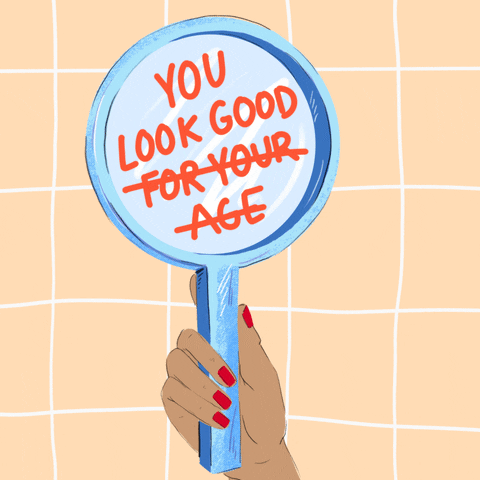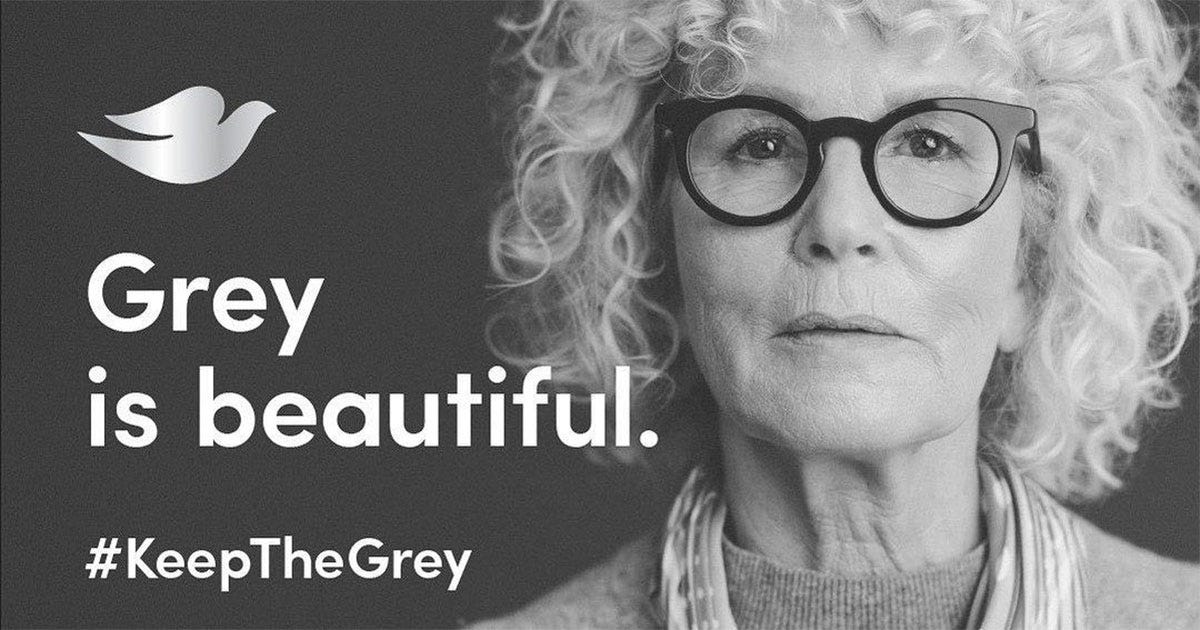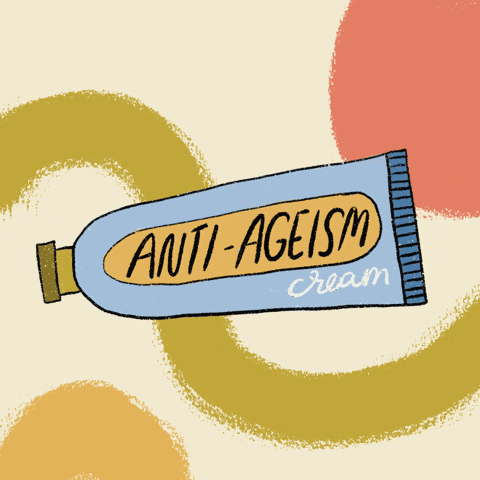How many age inclusive brands can you think of?
Ageism in design is often overlooked, but it’s everywhere, from the way brands market their products, to the design choices that subtly exclude older audiences. While conversations around inclusivity have rightfully focused on race, gender, and ability, age remains one of the last frontiers of bias in branding.
What is ageism in design?
Ageism is the discrimination or stereotyping of individuals based on their age. In design, this often manifests in two ways:
Exclusion by design: Brands unintentionally (or sometimes intentionally) design for a younger audience, leaving older consumers out of the experience.
Stereotypical representation: When older adults do appear in branding, they are often depicted in outdated, patronising, or unrealistic ways.

Signs that we lack an inclusive approach in branding
One of the clearest signs of ageism in design is exclusion by default. Many brands focus heavily on younger demographics, creating products, messaging, and digital experiences that don’t consider older audiences. This can be seen in everything from tiny, hard-to-read fonts on packaging to digital interfaces that assume a level of tech fluency not everyone has. When older adults do appear in branding, they are often portrayed in a way that feels outdated, patronising, or disconnected from reality—either as fragile and out-of-touch or overly energised in an almost comical way. These biases reveal a narrow, often stereotypical view of aging that fails to resonate with real people and their lived experiences.
Brands that get age inclusivity right
Some brands are challenging ageist norms and proving that design can be inclusive for all generations:
Dove
Known for its inclusive approach to beauty, Dove features real people of all ages in its campaigns, challenging outdated beauty standards.
L’Oréal
Their campaigns have featured powerful older women like Helen Mirren and Viola Davis, proving that beauty isn’t just for the young.
Nike
Often launch with campaigns featuring athletes of all ages, breaking the stereotype that sports are only for the young.
In the digital space, companies like Apple and Microsoft have invested in accessibility features that make their technology easier for all ages to use, from voice-assisted controls to customisable text sizes. These brands recognise that designing for older audiences doesn’t mean alienating younger ones—it simply means being more inclusive.

How to design for all ages moving forward
To build brands that are truly inclusive, we need to move beyond youth-centric design and start considering people of all ages from the outset. This means creating digital experiences that prioritise readability, accessibility, and usability for a wider range of consumers. It means shifting the narrative in advertising to show older individuals as they truly are: capable, diverse, and multidimensional. And it means designing products that aren’t just about looking youthful but about supporting people at every stage of life. Age should never be a barrier to engaging with a brand, and as designers, we have the power to change the way aging is perceived, not just in marketing but in culture as a whole.

In the same spirit, I would urge you to read on about ageism in the design industry. Not ageism in our work but in our workplaces. In this article, Designed by Women (written by Sione Raaijmakers) explores how our industry favours youthful, fresh ideas, and subconsciously impacting older designers (focusing on women especially who are already the minority and are struggling with other existing biases). Do you believe we are guilty of favouring newness over experience? And does older mean less innovative or are we simply circling around a loop of stereotypes?



